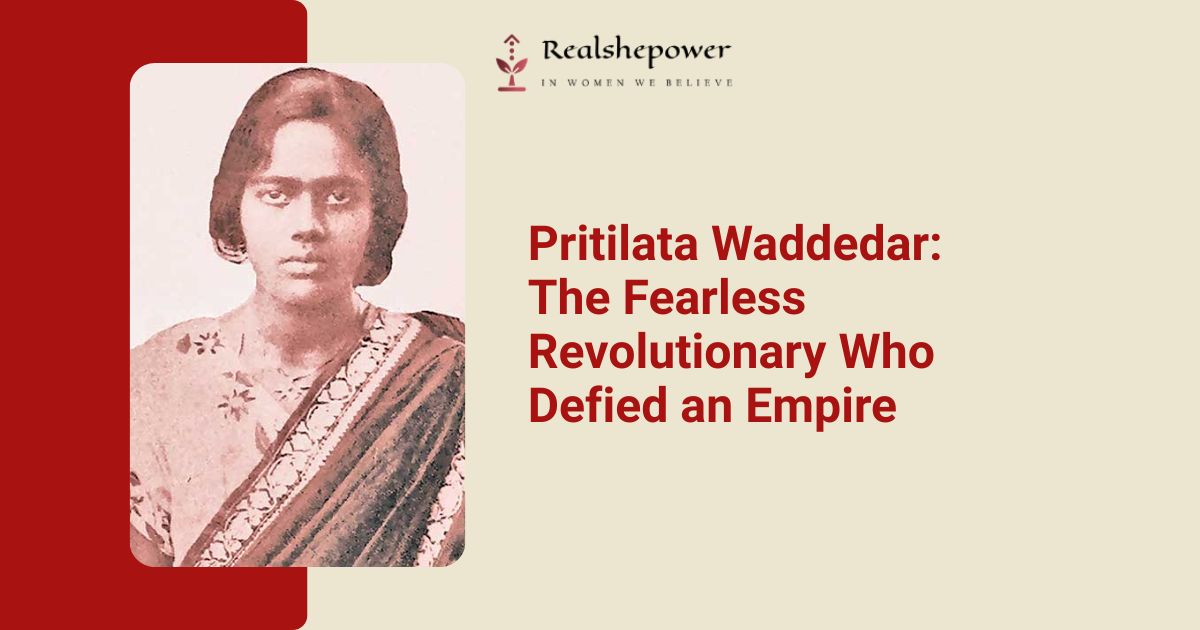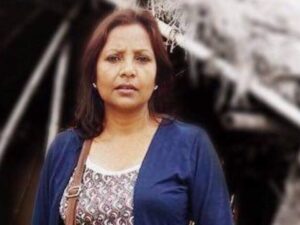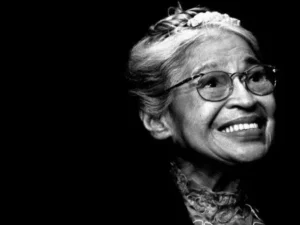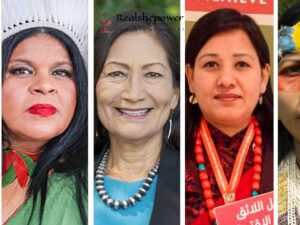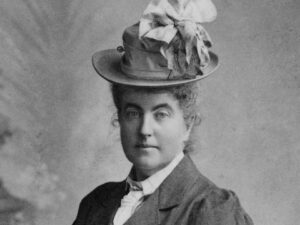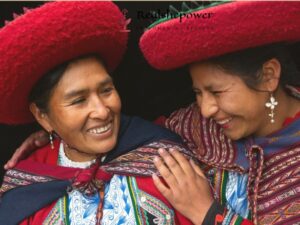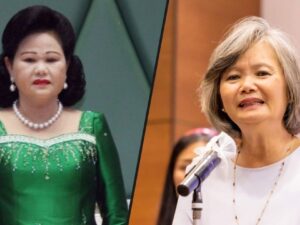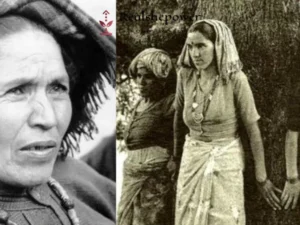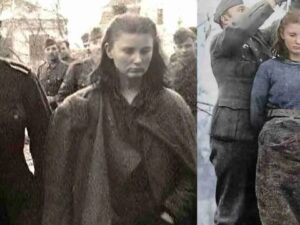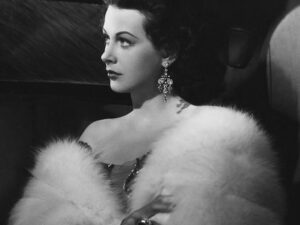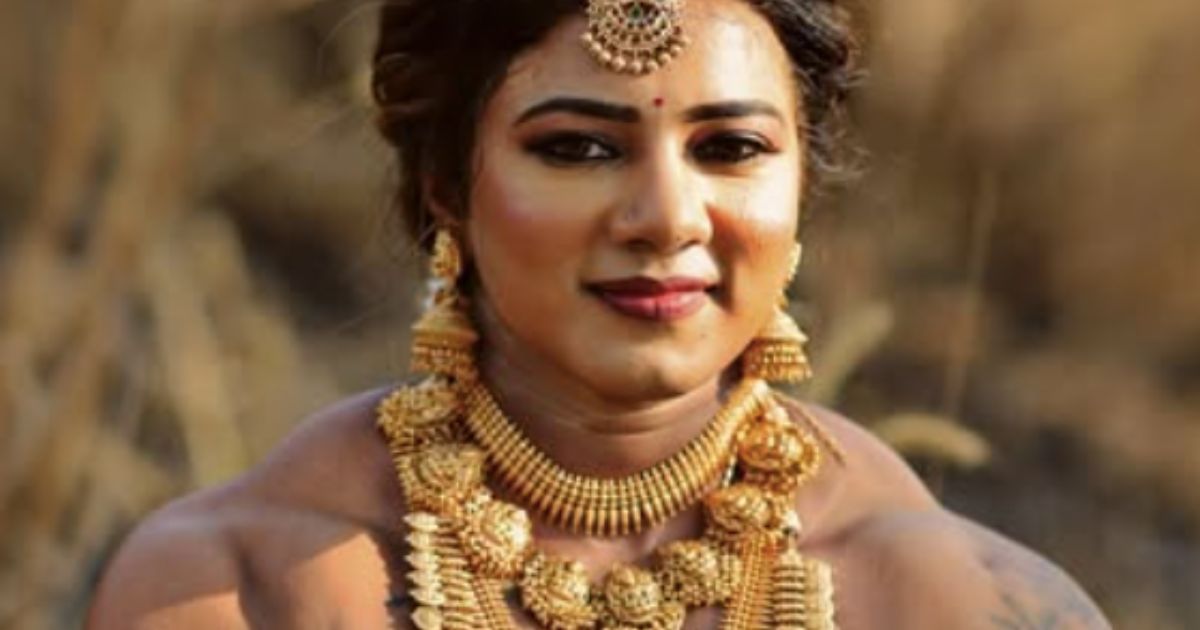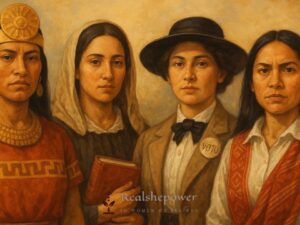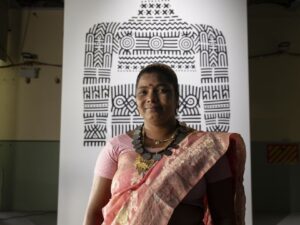In the annals of India’s fight for independence, certain names blaze like comets—brief, brilliant, unforgettable. Pritilata Waddedar is one such name. At just 21, she led a daring armed raid against a symbol of British colonial arrogance, choosing death over surrender in a final act of defiance. Her story, set against the humid nights of 1930s Bengal, is not just one of sacrifice but of a young woman who shattered the constraints of her time, proving that courage knows no gender. Let’s walk through her life, from a studious girl in a Bengali village to a revolutionary commander, drawing on historical accounts, revolutionary memoirs, and even the grudging records of the British Raj. This is Pritilata’s story—a tale of intellect, grit, and a fire that still illuminates India’s history.
A Bright Mind in a Quiet Village: The Roots of Pritilata’s Resolve
Pritilata Waddedar was born on May 5, 1911, in Dhalghat, a modest village in Chittagong, then part of British India’s Bengal Presidency (now in Bangladesh). Her father, Jagabandhu Waddedar, was a municipal clerk, a man of limited means but boundless ambition for his six children. Her mother, Pratibhamayi Devi, nurtured a household where education was non-negotiable, even for daughters—a radical stance in an era when girls were often married off young. The family, of Baidya Brahmin descent, carried the surname “Waddedar” from an ancestral honorific, having originally been Dasguptas. Pritilata, the second of six siblings, was nicknamed “Rani” after the warrior queen Lakshmibai, a hint of the destiny she’d embrace.
At Dr. Khastagir Government Girls’ School in Chittagong, Pritilata’s intellect shone. She excelled in her 1928 matriculation exams, earning first division and scholarships that marked her as exceptional. But it wasn’t just academics that defined her. Teachers like Usha Di wove tales of Rani Lakshmibai’s battlefield heroics into lessons, planting seeds of rebellion in Pritilata’s mind. By her teens, she was questioning the British Raj’s stranglehold on India. Why did her people bow to foreign rulers? Why were Indians—and even dogs—barred from colonial clubs? These indignities festered, fueling her resolve.
In 1928, Pritilata enrolled at Eden College in Dhaka, diving into a hotbed of nationalist fervor. Here, she joined Sree Sangha, a clandestine women’s group under Leela Nag’s Deepali Sangha, where drills and revolutionary ideals replaced traditional lessons. She topped the 1929 Intermediate exams across the Dhaka Board, cementing her reputation as a prodigy. By 1929, she was at Bethune College in Calcutta, studying philosophy—a discipline that sharpened her ability to dissect colonial oppression through the lenses of Kant and Hegel, fused with Indian nationalism. She graduated with distinction in 1932, but the British withheld her degree, citing her “subversive” activities. It wasn’t until 2012 that Calcutta University posthumously awarded it, alongside one for fellow revolutionary Bina Das.
Back in Chittagong, Pritilata briefly took up the role of headmistress at Nandankanan Aparnacharan School. Colleagues praised her as “brilliant and dedicated,” but financial strain—her father had lost his job—pushed her to contribute to the family while secretly nurturing a greater calling. Teaching was noble, but the classroom couldn’t contain her. The British Raj’s humiliations—its clubs, its jails, its nooses—demanded a response.
Joining the Revolution: From Books to Bullets
By 1930, India was a tinderbox. Gandhi’s Salt March stirred hearts, but in Chittagong, a bolder rebellion brewed under Surya Sen, known as “Masterda.” A soft-spoken schoolteacher, Masterda led the audacious Chittagong Armoury Raid on April 18, 1930, where 50 young revolutionaries, including women like Kalpana Datta, seized police armories, cut telegraph lines, and briefly declared a “provisional government.” Pritilata, then a student, played a supporting role—disrupting communications, ferrying supplies. The raid failed to hold the city, but it electrified Bengal, showing the British that even “natives” could strike hard.
Pritilata’s formal induction came on June 13, 1932, when she met Masterda at a secret camp in Dhalghat. The Indian Republican Army (Chittagong Branch) was a male-dominated world, and some, like Binod Bihari Chowdhury, doubted a woman’s place in it. Masterda, however, saw her potential: Women could move undetected, carrying arms under saris. Pritilata proved her worth, training at Kotwali’s seaside hideouts, mastering firearms, and debating strategy with a philosopher’s clarity. She took part in smaller raids—torching telegraph offices, supplying bombs for the Jalalabad skirmish—each act a step toward her defining moment.
A personal tragedy sharpened her resolve. In 1931, revolutionary Ramkrishna Biswas was hanged for a botched assassination attempt on a British official. Pritilata, posing as his cousin, visited him in Alipore Jail, smuggling messages and offering solace. British propaganda later spun salacious tales of romance, but Kalpana Datta’s memoir clarifies: Their bond was one of shared purpose, not love. Biswas’s execution was a turning point. Pritilata’s grief hardened into action—she was done with half-measures.
The Pahartali Raid: A Night of Fire and Defiance
September 24, 1932, was the night Pritilata stepped into history. The target: the Pahartali European Club, a whites-only enclave in Chittagong’s hills, its sign reading “Dogs and Indians Not Allowed”—a blatant insult to Indian dignity. Masterda chose Pritilata to lead the raid, a rare honor for a woman in a movement where men often took the spotlight. With Kalpana Datta arrested days earlier, Pritilata shouldered the responsibility, commanding a 17-member team, including Bireshwar Roy, Prafulla Das, and Shanti Chakraborty. Each carried a cyanide capsule, a grim pact: No capture, no betrayal.
At 10:45 PM, Pritilata, disguised as a Punjabi man—turban, mustache, whistle around her neck—led the charge. Her team, some in dhotis, others in lungis for disguise, split into three groups. Inside the club, 40-odd British patrons sipped drinks, unaware of the storm coming. Gunfire shattered the night. Flames roared as the team set the building alight. Pritilata, pistol in hand, shouted orders despite a bullet grazing her leg. The raid was swift but devastating: One British woman, Mrs. Sullivan, was killed, and 11 others were injured. Most of Pritilata’s team escaped, leaving the club a smoldering ruin.
But Pritilata’s escape was cut off. Cornered, bleeding, with British forces closing in, she made her choice. At 21, she swallowed cyanide, collapsing with leaflets spilling from her shirt. Her final note, penned in advance, was a clarion call: “Long Live Revolution! I, Pritilata, declare myself a revolutionary… Women will stand with brothers in every battle for freedom.” The autopsy confirmed the bullet wound was minor; the poison took her life. Bengal awoke to headlines of shock and awe—she was the first woman martyr of India’s armed struggle.
A Legacy That Endures: Pritilata’s Place in History
Pritilata’s death was no defeat; it was a spark. Her raid galvanized Bengal, inspiring women like Kalpana Datta, Aruna Asaf Ali, and others to take up arms or activism. Masterda, captured and hanged in 1934, carried her memory as a badge of honor. The Quit India Movement of 1942 owed much to such acts of defiance, which proved the Raj wasn’t invincible.
Today, Pritilata’s legacy is both celebrated and underappreciated. Kolkata’s Maidan hosts her statue, standing tall beside giants like Gandhi and Bose. Chittagong has Pritilata Waddedar Road and a college in Nadia bearing her name. A bronze bust marks the Pahartali site, now a railway office, though activists push for a museum. The Birkanya Pritilata Trust honors her birthday with cultural events, calling her a “beacon for women.” Her great-great-niece, Ash Sarkar, a British activist, channels her spirit in modern fights for justice.
Yet, mainstream narratives often sideline her. School curricula mention her briefly; Bollywood has barely touched her story, though films like Kahaani (2012) nod to her grit. On platforms like X, users in 2025 link her to contemporary struggles—women in protests, defying patriarchy—proving her relevance endures. Bangladeshi writer Selina Hossain calls her “an ideal for every woman,” a sentiment echoed in feminist circles.
Why Pritilata Matters in 2025
Pritilata Waddedar’s life was a mere 21 years, but its impact reverberates. She was no bystander in India’s freedom struggle; she led, armed with intellect and a revolver, challenging a world that confined women to the margins. Her final note, scrawled before the Pahartali raid, wasn’t just a farewell—it was a manifesto: Women belong in the fight, not behind it.
In 2025, as women worldwide battle for equity—be it in boardrooms or protest lines—Pritilata’s story is a reminder: Change often demands audacity. She traded a teacher’s chalk for a revolutionary’s fire, choosing cyanide over captivity to ensure her voice echoed. The “Dogs and Indians Not Allowed” sign is gone, but its echoes linger in subtler exclusions. Pritilata’s response? Strike, don’t submit. Her life asks us: What are we willing to challenge, and how far will we go?
